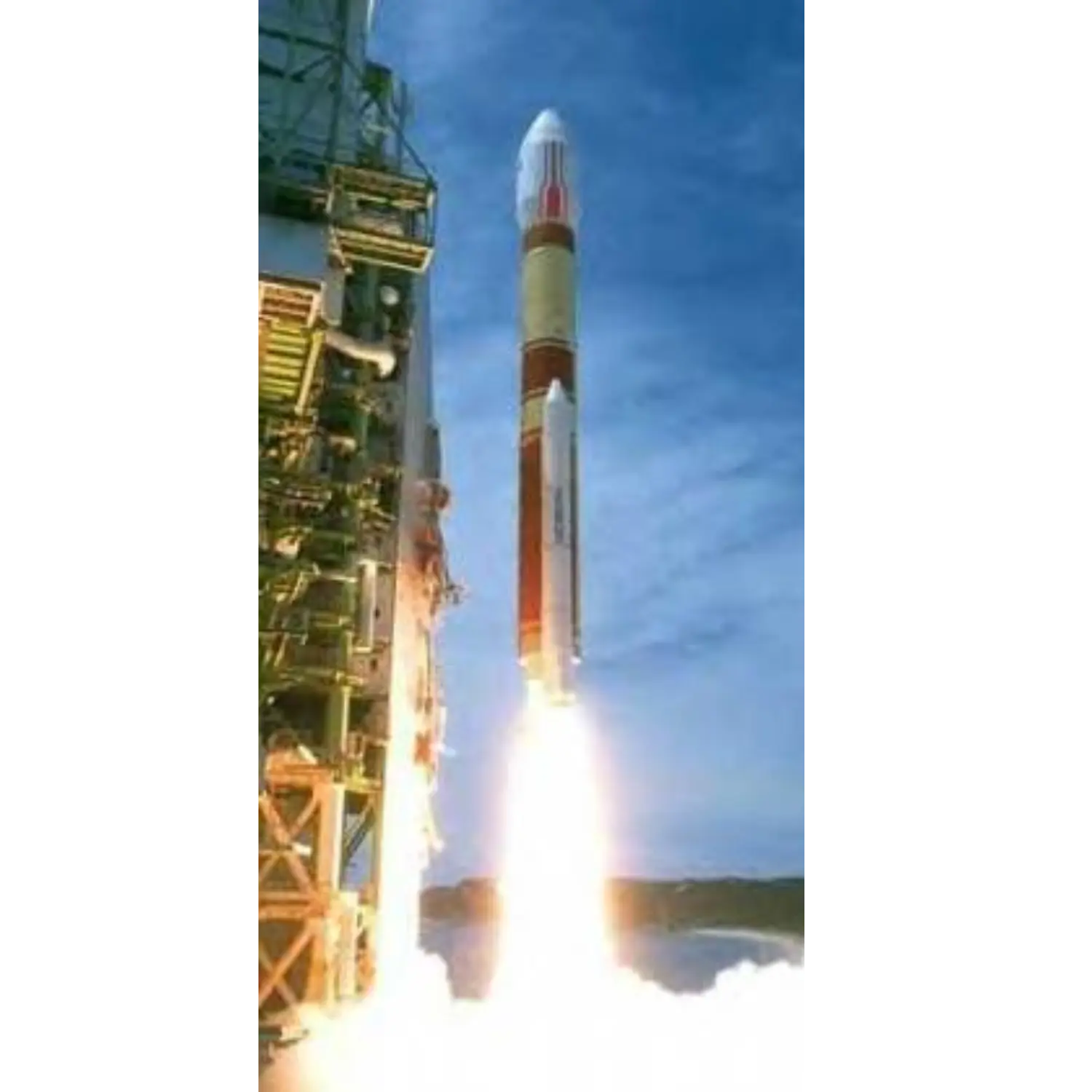/
Himawari 6
Launch Failure
Liftoff Time (GMT)
07:29:00
Monday November 15, 1999
Mission Details
Launch Notes
First, and last flight of H-IIS. Last flight of H-II. Cavitation in the first stage hydrogen turbopump impeller caused an impeller blade to fracture, resulting in loss of fuel and rapid shutdown of the engine at T+239 s. The vehicle impacted the ocean.
Himawari 6
Space Systems/Loral (SS/L), also called Himawari 6, is building MTSat (Multifunctional Transport Satellite), an advanced geostationary satellite for air traffic control and weather observation, under a contract with the Japanese Ministry of Transport Civil Aviation Bureau & Meteorological Agency. This multi-functional satellite will provide communications and navigational services for aircraft, and provide weather data to users throughout the entire Asia-Pacific region, as far south as Australia / New Zealand. The Japanese Meteorological Agency will use MTSat to provide observed cloud imagery and continuous weather products such as cloud and vapor distributions, cloud motion wind vector, sea surface temperature, and information on typhoon, low pressure, and front activity. MTSat also will receive raw data from data collection platforms on land and sea, deliver it to a processing station, and then broadcast the processed data and imagery across the region. It is the successor to the GMS 1-5 satellite series. MTSat is based on SS/L's standard SSL-1300 three-axis, body stabilized spacecraft. It will use many of the state-of-the-art technologies developed for the current five satellite U.S. Geostationary Environmental Satellite program, called GOES I - M, for which SS/L is the prime contractor. MTSat will provide 10 years of service in its aeronautical mission and five years in its meteorological mission.
Geostationary Earth Orbit
1 Payload
2,900 kilograms
Launch Site
Stats
H-II
7th
Mission
1st
Mission of 1999
1999
64th
Orbital launch attempt

